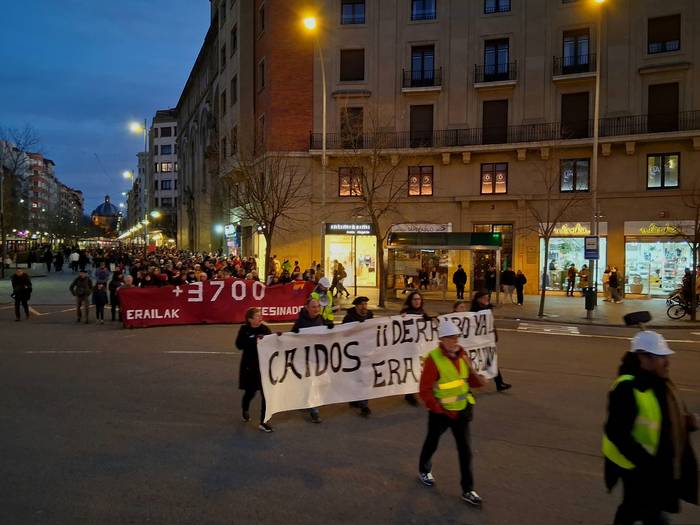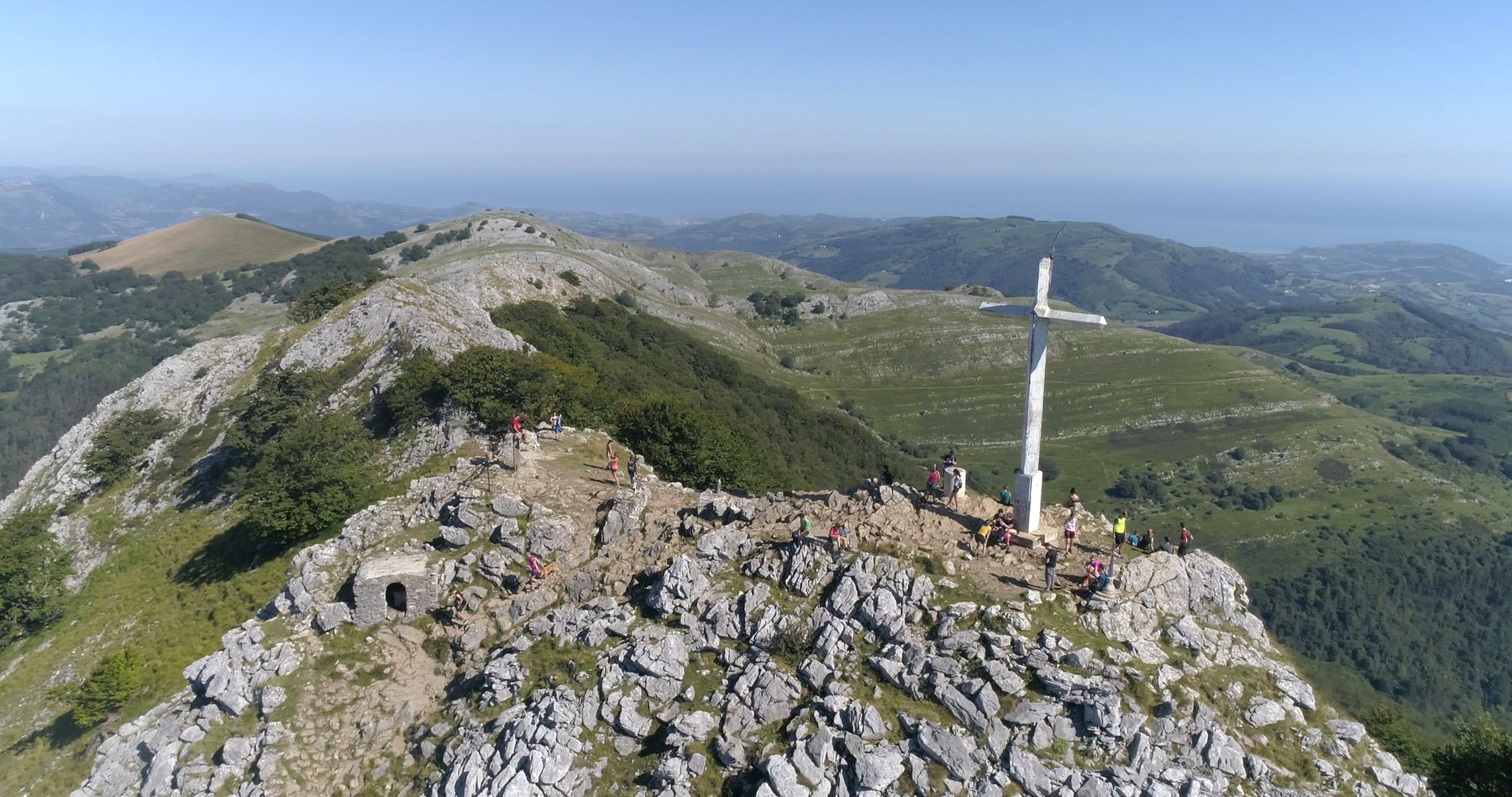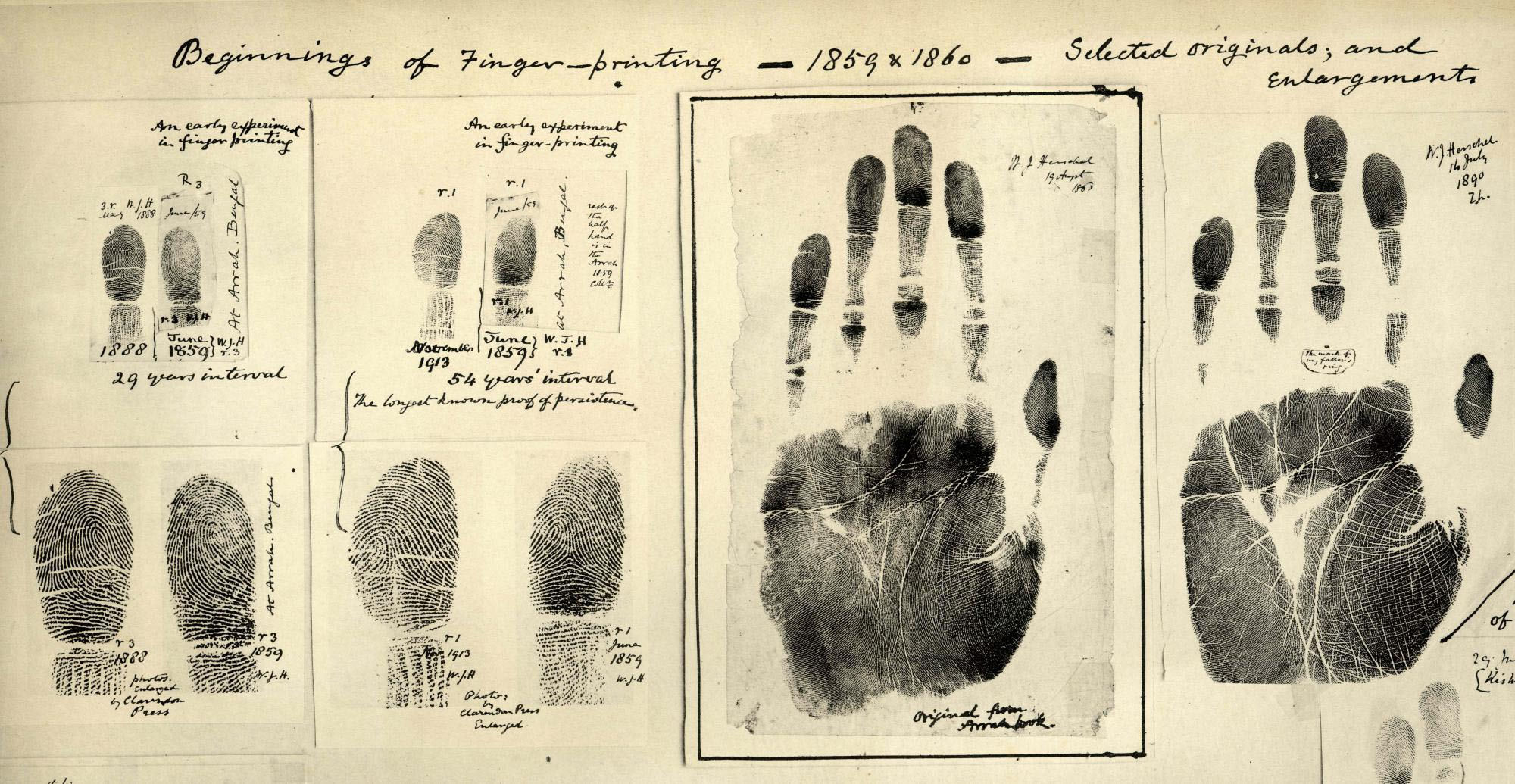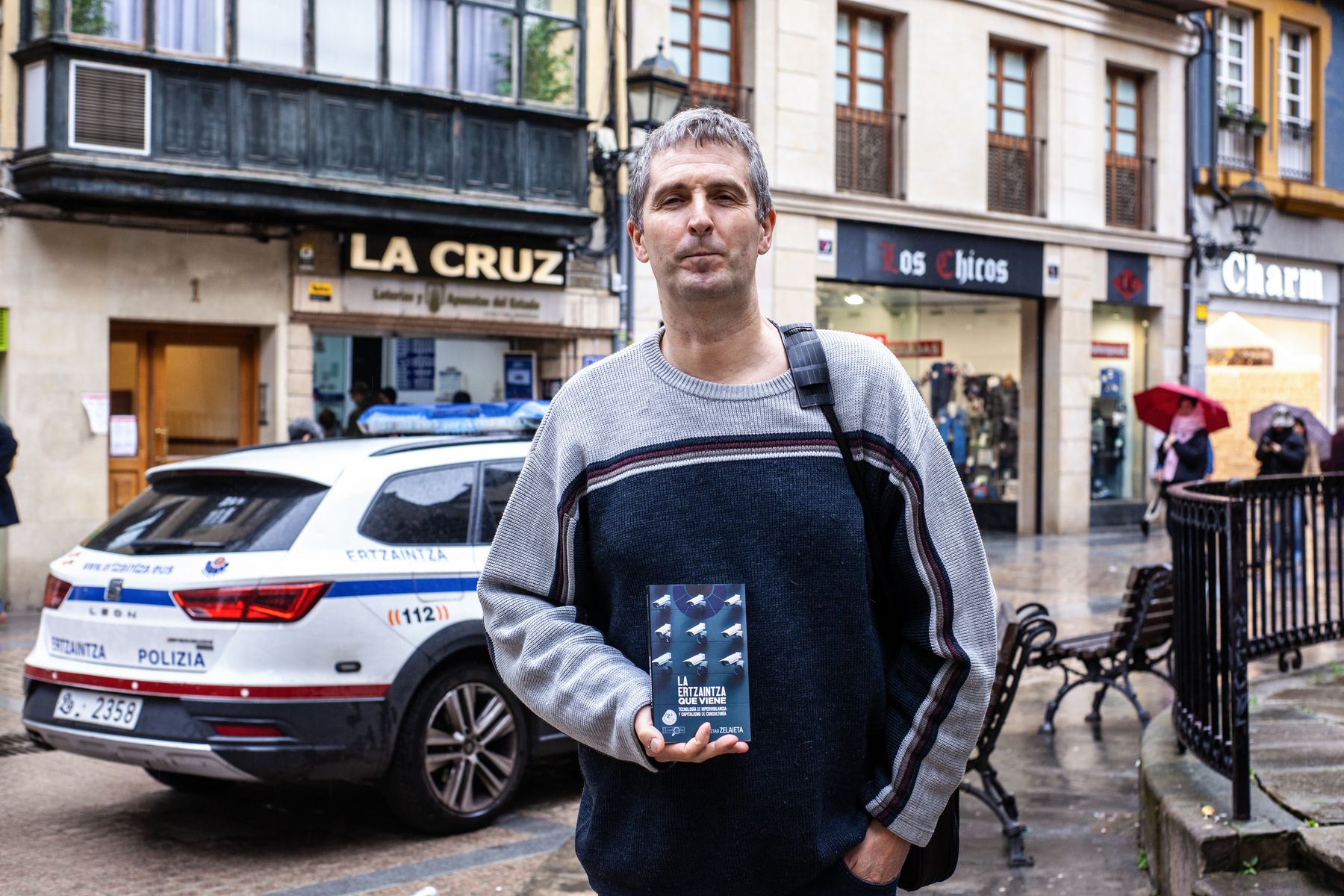An ignorant revenge or a legitimate rebellion?
- Many characters in the story of "us" distinguished themselves in the trafficking of people or in the plundering of property of colonized peoples. The public space of Euskal Herria is replete with the names and bodies of "discoverers", "adventurers", "creative cities" and "businessmen". They honor their ideological legacy and remind us that, thanks to slavery, colonialism and imperialism, we are the "First World." As pointed out by Pablo Barruezo Vaquero, author of this article and researcher at the University of Glasgow, it is time to make decisions about the presence of this heritage.
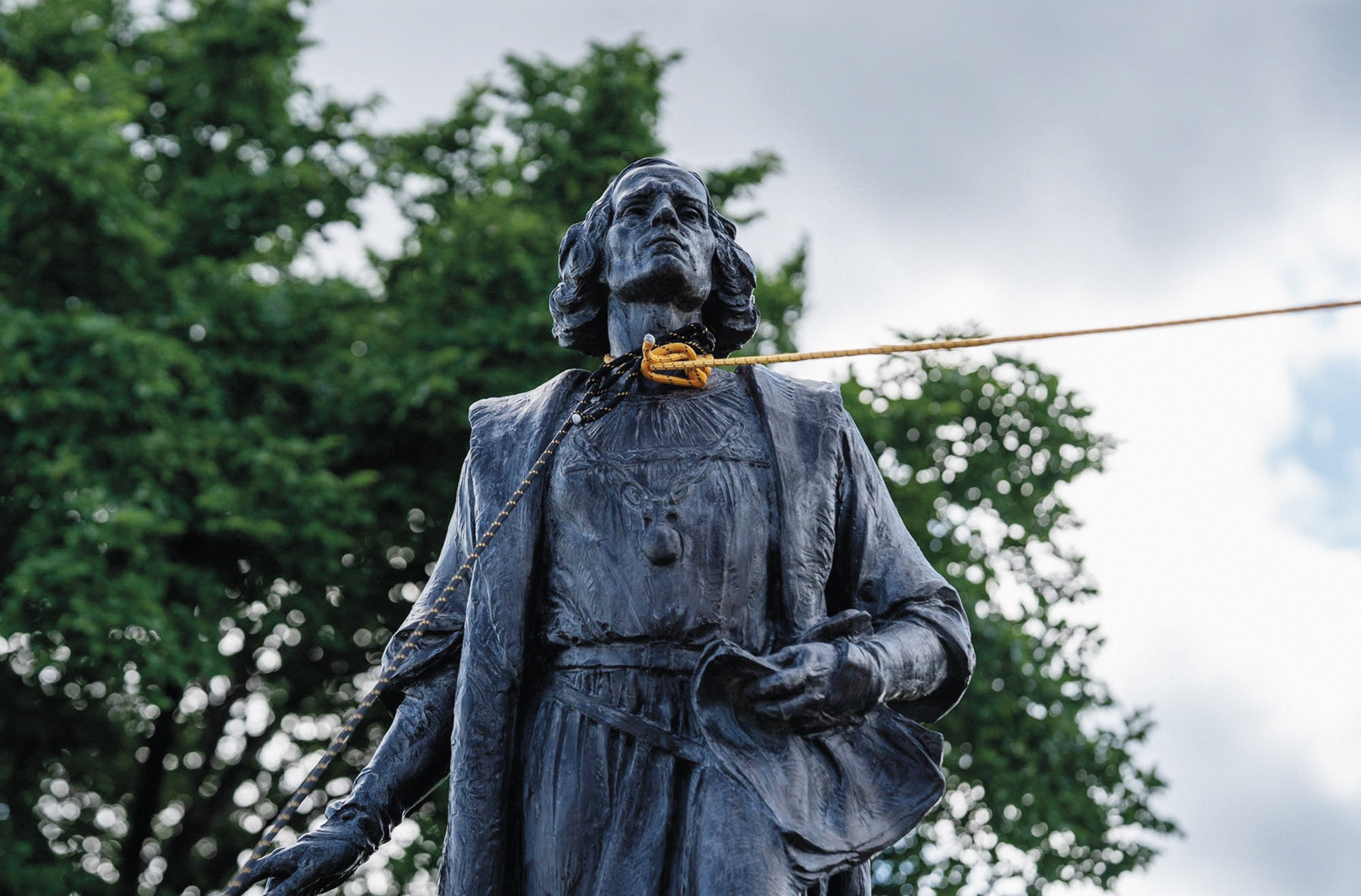
Driven by movements such as the Black Lives Matter (BLM) in the United States and other countries, the demolition initiatives of states are not something new, nor anything vulgar: they show society’s relationship with its heritage and past. They create this relationship by claiming public spaces at the service of all.
In recent months, we've seen statues collapse on the street in different places in the world. Some of these initiatives have been considered as revisionism, iconoclasm or an attempt to eradicate history and culture. However, these concepts do not serve to define and understand the meaning of these protest actions.
The struggle is with the present, not
with the past. Revisionism is to report some historical fact or process, but without considering the context. Denying past events, such as the Jewish holocaust, is also a revisionism. Both are bad practices for telling the story. However, the BLM is not carrying out historical revisionism.
At one time, of course, racism was more normalized, but that doesn't mean there was no voice against it at that time. For example, even when in the University of Oxford the state of homage to Cecil Rhodes was installed, whose demolition has been very demanded in recent years, in 1911 it was a source of criticism and reproaches. BLM does not want to decontextualize racism, it just stresses that it is a common feature for many people who today have a state in public space.
The eradication of culture – the author uses cultural radicalization in Spanish – through symbolic or armed violence can be understood as an attempt to destroy the cultural characteristics of a given community. For example, colonization processes in the Modern and Contemporary Ages. BLM does not intend to destroy the cultural characteristics of any community. Archaeology professor Yannis Hamilakis explained that this is "a popular movement that seeks to neutralize homogenization and superiority." If they do not contradict this premise, the aim of the movement is for all cultures to be respected and accepted. They want to create public spaces that don't remember socially acceptable or unacceptable values.
The iconoclast is characterised by preventing the cult of sacred images – usually destroying these images and persecuting the people who come to them. Although many events related to the iconoclast have occurred in many counties and times, the term originates in Byzantium of the 8th century and is linked to very specific historical characteristics.
To some extent, it can remind us of other historical practices. For example, damnatio memoriae (condensation of memory) from the time of the Roman Empire: citizenship was a way of relating to public space, damaging elements linked to the past that he did not like. Professor Yannis Hamilakis has analyzed the subject and denied that current movements are iconoclastic: “States are not sacred images, placed in the public space of popular worship. They are representations of superiority and power.”
Therefore, the initiative of BLM and similar movements to dismantle states is not included in any of these definitions. They do not fight against the past, but against the present: some teachers and Arabbigos with historical roots, but who are still among us, refuse, because they are socially harmful. They want to change current homogenization and inequality, not the past.

Understanding heritage The affected
states are patrimony, with a deep colonial meaning. Therefore, it is necessary to reflect on the active and sociocultural role of heritage in the present.
Historical analysis is one thing and heritage is another thing. Historical rigor helps to understand the systems of values and beliefs of each era and culture. As a result, we know that nothing is being done away with; the past is not present. In this present we have to know what we want and what we do not want from the past, because our values and beliefs are not the same as in other times. We are attentive to current ideas and say that we no longer want to give a public space, to the images of the past that have become obsolete, that we do not want to legitimise anymore.
Two professors from the University of Granada shared an interesting reflection in an article published in the Public Media in July: "That states have no date of death? Should we feel more identified with the States than with those who feel frustrated at their dignity for what they imagine? !”.
Indeed, the rights and dignity of the poorest are above those of States, even more so if the State pays tribute to a person who harmed people ' s lives. The adaptation of public space directly influences the dignity of people.
Heritage must therefore always be subject to constant reflection and criticism. The meaning and form of heritage must be rewritten if it clashes frontally with the material or symbolic struggle to achieve a more egalitarian and just society.
Historical or power symbols?From the point of view of the archaeologist Alfredo
González-Ruibal, states are more linked to power than to history. History professor Richard Drayton emphasizes that state building is always a patrimonial initiative initiated by the powerful.
Through states, the symbolic inclusion of power in public spaces is reinforced. Drayton proposes that, at present, there is no need to continue to respect the intrusion of power then; we have not signed a contract forever. The entire landscape, urban and rural, is in constant transformation, driven by the agents who inhabit it. Change is driven by the natural conditions and values of the moment. That is why, if today we reject colonialism and racism, is it not the time to transform our cities?
That does not mean destroying the past, but renegotiating what we now want. Many times, what is not said is more important than what is said, and in the case of heritage or history, sometimes, it is more important that silence understands and values it.
The case of the BLM
is useful to contextualize the case of the Valley of the Fallen [monument to the Francoist fallen in the Spanish Civil War by the dictator Francisco Franco]. The professionals of history have not hesitated to relate to this legacy in a very different way: to uncover the dictator and transform or reconvert that set of heritage have been some of the proposals. Without forgetting the symbolic actions in situ of some artists such as the dove of peace and the painting “for freedom” in Franco’s tomb, to highlight the disturbing ideological basis of this building.
In this debate, the conservative sectors have become advocates of this legacy, just as they believed it had been created in the past, because it has to endure forever in the present. This sector has condemned attempts to change the character of that heritage, stating that those who promote adaptation are like negationists, avengers, revisionists or the Taliban.
Now, some people, including some historians, have been against initiatives to demolish states. The root of the debate on the States and the Valley of the Fallen is the same and legitimate. But the truth is that these symbolic actions are not enough to change the system that perpetuates discrimination such as racism. Malcolm X said it. But it's a way to start.
Our actions do not remake
history, they will be part of it. The elimination of colonial States does not make the past disappear, the tribute to the colonial and racist heritage is a way of curbing.
A statue, whether in public space, under the waters of the river or in the museum, remains patrimony. The only thing that will change in the eyes of history is society’s decision on the presence of this heritage. Whether or not it is visible to all citizens, it will be heritage and reflect the diversity of ways of relating to it.
We have to decide what relationship we want to have with the present, here and now, legitimizing or not their ideological and patrimonial heritage. And one additional nuance has to be taken into account: protests are not just anti-racist. Anticapitalists. It is no coincidence that this movement has occurred at a time when the capitalist system is in a moment of great tension and a possible mutation. A negotiation of heritage is a legitimate action in favour of a fairer and more egalitarian present, and let us hope that it will also serve to bring about socio-economic changes.
* Pablo Barruezo Vaquero is a researcher at the University of Glasgow (Scotland) and research technical support staff at the University of Granada (Andalusia).
Europar Batasunean berriki onartu den Migrazio Itunak, asko zaildu dizkie gauzak euren herrialdetik ihesi doazen eta asiloa eskatzen duten pertsonei. Eskuin muturraren tesiak ogi tartean irentsita, migratzaileentzako kontrol neurri zorrotzagoak onartu dituzte Estrasburgon,... [+]
In front of my house I have a beautiful park. Beautiful, at least in the parameters of this urban concrete hole. These are trees, banks and bedbugs that combine the beginning and end of life, children and the elderly of extreme ages. If there are no surveillance tasks, the... [+]











